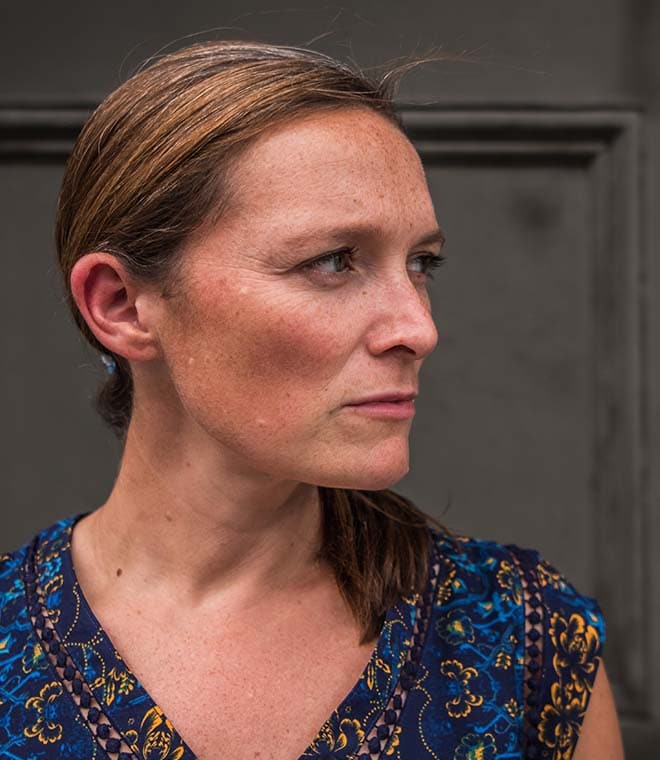Health
How to get rid of acne scars
By Ruben J. Rucoba, MD Jan 23, 2024 • 8 min
About 85% of people between ages 12 and 24 will get acne. In some cases, acne scars can form after breakouts. While acne scars are more of a cosmetic concern than a health issue, many people are self-conscious about the way scars affect their appearance. The good news is that several types of effective acne scar treatments are available.
Types of acne scars
There are essentially two types of acne scars.
The first kind is depressed or atrophic scars, which sit below the surrounding skin and can resemble craters. They're common on the face, although this type of scar can also appear elsewhere. These scars form when the body doesn’t produce enough collagen — a substance that supports the skin — during healing.
The second type of scar is the raised or hypertrophic scar, which sits above the skin. These scars form when the body produces too much collagen as the skin heals. They are more common among people of color.
Another post-acne side effect is post-inflammatory hyperpigmentation (PIH), which is not considered a true scar. These acne marks appear as dark spots on the skin, and they’re usually flat. As the skin heals, hyperpigmented spots can develop when the body produces too much melanin — the pigment that gives skin its color. Hyperpigmentation from acne is also more common in people of color, and it may improve with time.
Treatment for depressed scars
The most effective results are often seen when using two or more treatments combined. Depressed scars, sometimes resembling "holes in the skin," can be treated with:
- Resurfacing. For widespread acne scar removal, resurfacing techniques may be an appropriate option. These include laser treatment, chemical peels, microneedling and dermabrasion, all of which may remove the superficial (outermost) layers of skin and promote healthy skin cell growth—depending on the type of resurfacing treatment.
- Fillers. A variety of substances, including hyaluronic acid, collagen and fat from another part of the body, are used to plump up the skin in the depressed scar.
- Botox. A dermatologist injects onabotulinumtoxinA (Botox) to relax the surrounding skin and raise a puckered mark.
- Surgery. The goal of surgery is to convert a prominent acne scar into a less noticeable scar that should fade with time. This is usually accomplished with a procedure called punch excision, where the scar is removed and replaced with tiny stitches or an unscarred skin graft. Surgery is a good option when there are only a few scars that are very deep.
- Skin tightening. A dermatologist uses radiofrequency or another targeted energy source to improve collagen and elastin production, which may help tighten the skin and help make depressed scars less noticeable.
Treatment for raised scars
Dermatologists may use one of the following techniques to treat raised scars. Raised scars can sometimes be itchy or painful, so treatment may focus on relieving pain in addition to addressing cosmetic appearance.
- Injections. A dermatologist injects different medicines into the scars to help flatten them. These medications may include corticosteroids, triamcinolone acetonide or fluorouracil (F-FU, a chemotherapy agent used in cancer treatment), which may help reduce inflammation and help with healing.
- Laser therapy. This technique may be better for those with lighter skin, as one side effect of laser therapy is post-inflammatory hyperpigmentation, especially in people with darker skin.
- Surgery. Like depressed scars, raised scars can be treated with surgery. However, some raised scars can come back after surgery.
- Cryosurgery. With cryosurgery, the raised lesion is frozen. This can help reduce the size and firmness of the scar.
- Products for acne scars. There are many products with active ingredients, such as retinol and silicone. These products alone will not remove raised scars, but they may help improve their appearance by helping to flatten them.
Treatment for hyperpigmentation from acne
Treatments for hyperpigmented scars include:
- Sun protection. This is a critical component of treatment, as sun exposure can make acne dark spots worse. Avoiding the sun, covering the skin and applying plenty of sunscreen regularly are your best bets for keeping the lesions from becoming more pronounced.
- Depigmenting agents. Hydroquinone is typically your first line of defense against hyperpigmentation. This medication is often combined in a topical formulation with other agents, such as retinoids or corticosteroids. It can also be used in conjunction with azelaic acid, kojic acid, niacinamide, ascorbic acid and licorice. Do not attempt to use these without consulting a dermatologist.
- Chemical peels. In this procedure, a chemical agent is applied to the skin, removing some layers of skin. How much skin is removed depends on the strength of the chemical. The new skin that is formed is smoother than the old skin. Glycolic acid and salicylic acid are often used for these peels. Sun protection is essential after a chemical peel.
- Laser treatment. This procedure uses an intense light source directed at the melanocyte (the cell that contains melanin, which is the pigment that colors skin) to lighten the hyperpigmented lesion. Laser therapy is usually used along with other methods or when the other treatments don't work. It's worth noting that people of color have a higher risk of worsening their hyperpigmentation with laser therapy.
Do acne scars go away?
Yes, some types of acne scars go away on their own. Hyperpigmented lesions may resolve with time without any treatment. Most other acne scars are often permanent and may only fade or resolve with treatment. This is especially true of depressed scars caused by cystic acne.
Whether you have depressed, raised or hyperpigmented pimple scars, know that there are many treatments available. Some are over the counter, some are prescribed and some are procedures that are performed by a doctor. Consult with a knowledgeable dermatologist to find out which treatment may be best for you.
Clinically reviewed and updated by Julie McDaniel, MSN, RN, CRNI, January 2024.
Sources:
- https://www.aad.org/media/stats-numbers
- https://jddonline.com/articles/dermatology/S1545961617P0097X
- https://www.aad.org/public/diseases/acne/derm-treat/scars/causes
- https://www.aad.org/public/diseases/acne/derm-treat/scars/self-care
- https://www.aad.org/public/diseases/acne/derm-treat/scars/treatment
- https://www.stanfordchildrens.org/en/topic/default?id=acne-scar-removal-85-P00255
- https://www.asds.net/skin-experts/skin-treatments/laser-light-therapy
- https://www.mayoclinic.org/diseases-conditions/acne/expert-answers/acne-scars/faq-20058101
- https://kidshealth.org/en/teens/acne-scars.html
- https://health.clevelandclinic.org/how-to-get-rid-of-acne-scars
- https://www.aad.org/public/diseases/acne/derm-treat/scars/symptoms
- https://www.uptodate.com/contents/management-of-acne-scars
- https://www.americanboardcosmeticsurgery.org/procedure-learning-center/non-surgical/skin-resurfacing-guide/
- https://www.americanboardcosmeticsurgery.org/procedure-learning-center/non-surgical-procedures/skin-tightening/
- https://www.ambrdfcs.org/blog/acne-scars-types-and-treatments/
- https://familydoctor.org/condition/keloids/
- https://www.uptodate.com/contents/postinflammatory-hyperpigmentation



